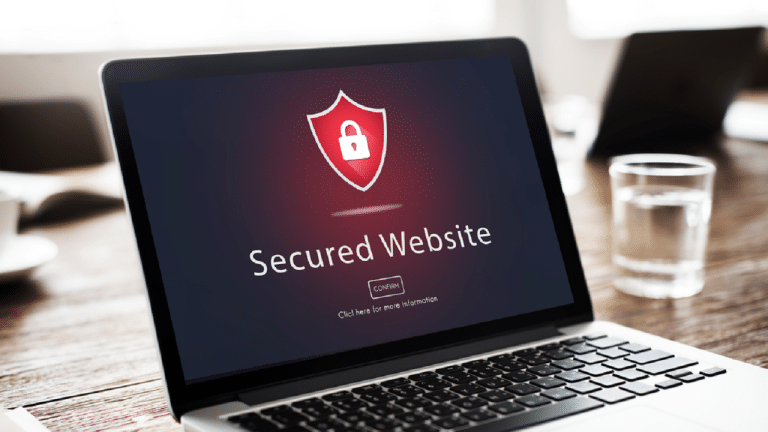Are you planning to create your website? Perhaps you want to turn your blogging passion into a money-making business or open an e-commerce site. Or, maybe you want an online presence to market yourself. No matter the reason, you must take a series of steps to get your website up and running.
From domain hosting services to content management systems, countless providers are willing to help you build a solid site from the ground up. In fact, many of these businesses have already done the hard work by creating custom templated websites. All you have to do is upload your content.
However, having a website that looks great isn’t enough. It should also be a safe and engaging spot for your visitors and customers to digest content and make purchases, respectively.
Here are a few best practices to consider when creating a website:
Contents
Keep Your Software and Plugins Updated
Plugins are essential for website developers, as they design features, create contact forms, track analytics, and display ads. However, outdated and unused plugins and software create vulnerabilities. Regular updates ensure the safety of your website. Generally, plugins update independently, but users occasionally have to push out these updates.
To prevent or eliminate vulnerabilities, invest in a malware removal tool. Reducing vulnerabilities (like dated software) will help enhance the safety of your website.
Take Security Seriously By Adding Certificates
Secure Sockets Layer (SSL), Hypertext Transfer Protocol Secure (HTTPS), and Transport Layer Security (TLS) are all certificates that help guarantee the safety of your website and ensure essential security standards.
Surely, you’ve received a notification from your browser that a website isn’t safe. That is likely because the web site’s security certificate was expired. Plugins and hosting services usually maintain these certificates, but keep in mind that these security features are not a basic feature of your web server hosting package or CMS service. You generally have to add them when you get your website up and running.
These certificates secure and safeguard personal information and data uploaded and downloaded between your website, users, customers, and viewers. Without credentials, putting out any personal data is a risk — and that could include something as simple as an email or password.
Bottom line: These types of certificates help users know that your website will protect them and that you take security seriously.
Know Who’s in Control of Your Backend Dashboard
Finally, you need to know who has access to the backend dashboard of your website. The best way to ensure its security is to have high-level, trustworthy individuals knowledgeable about web security and have the know-how to keep your website safe. They should also be extremely detail-oriented, as one overlooked task or mistake can create a significant security vulnerability.
Stop Hackers in Their Tracks Through Improved Security Practices
Website security may not be as fun as creating engaging content, watching your page views climb, or designing your website. However, security is the first place any good web developer starts. How can you keep your website as secure as possible? By being mindful of who’s controlling the backend dashboard, keeping it up to date, and taking advantage of different security certificates.

